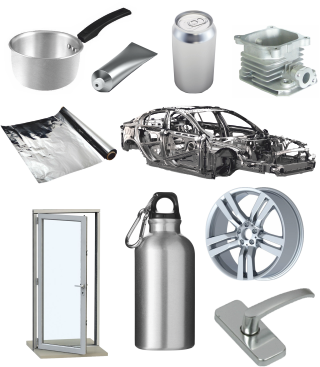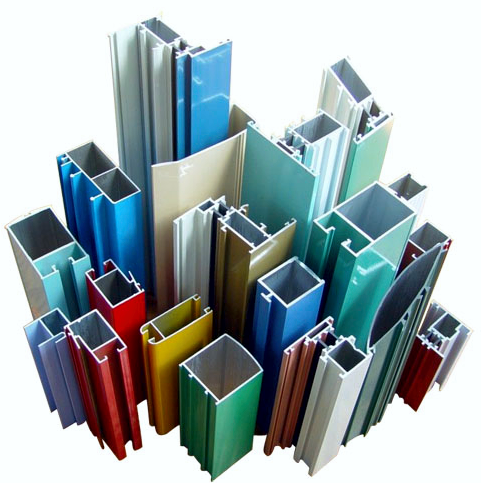V.Ryan © 2019 - 2021
ALUMINIUM - AN INTRODUCTION
Aluminium is one of the most common non-ferrous metals, used widely. Including the aerospace industry, food and drink storage, kitchen wear, electronics, construction, automotive industry, shipping and many more. Aluminium is normally ‘alloyed’ (combined with other metals / compounds), in order to enhance its mechanical properties, such as improving machinabilty.
Aluminium can be recycled repeatedly, without the quality being reduced. Furthermore, recycling aluminium only uses five percent of the energy required to extract aluminium from bauxite ore. Therefore, it could be claimed that aluminum is a sustainable metal.
PHYSICAL PROPERTIES
Aluminium is 1/3rd the density of steel, lightweight and comparatively strong.
Has good properties of elasticity, especially when alloyed.
Can be cast, extruded, rolled, machined and cold or hot formed.
Can be joined through a variety of processes including, welding, riveting, adhesives and even soldering.
It resists corrosion.
Surface finishes can be applied, including anodising, paint and powder coating.
A good thermal and electrical conductor.
Non-toxic, making it ideal for kitchen utensils.
Non-magnetic metal, which is a useful property, with some practical applications.
ALUMINIUM - SAMPLE PRODUCTS

ALUMINIUM - CROSS-SECTIONS
